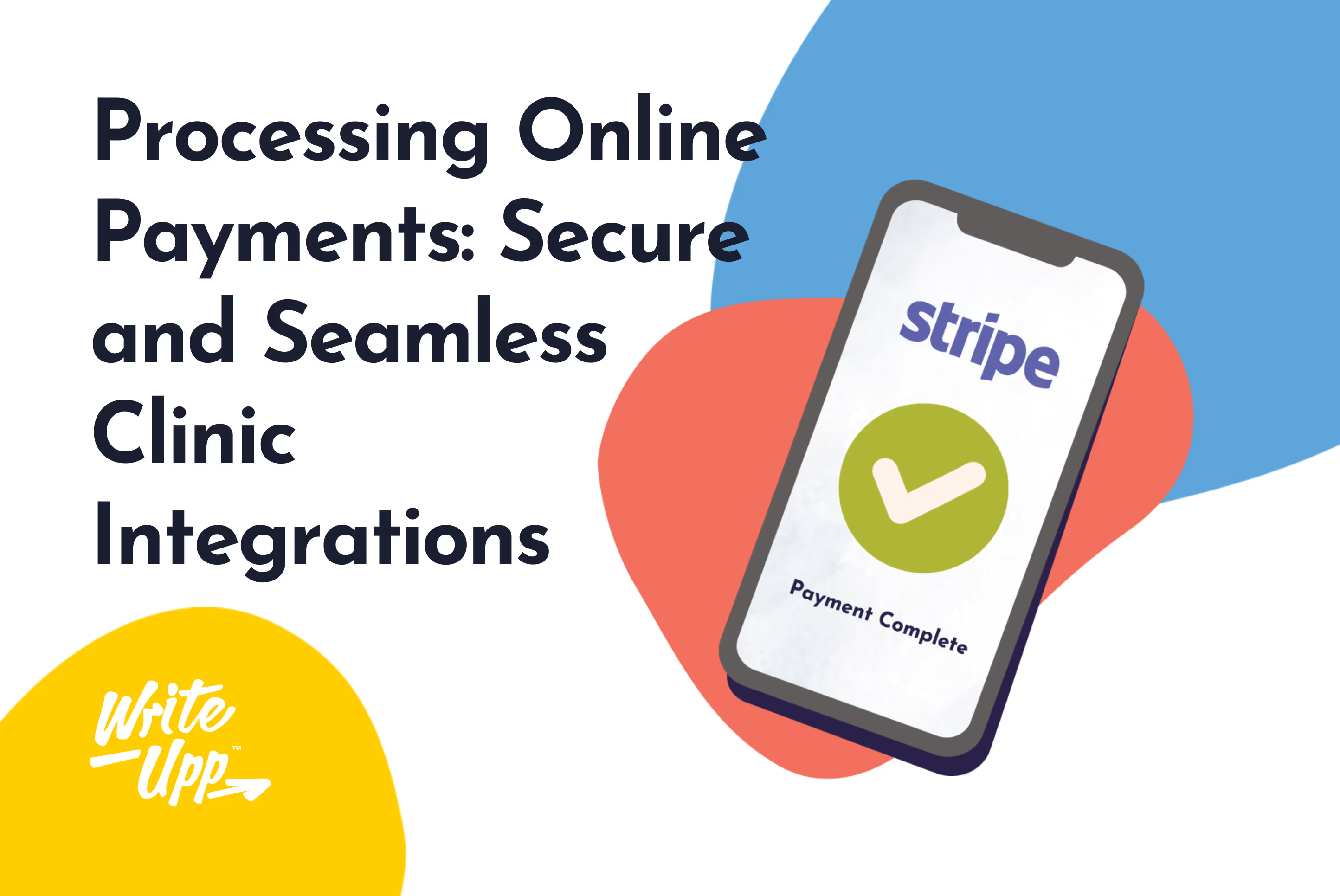The CORE (Clinical Outcomes in Routine Evaluation) system is a comprehensive tool designed to assess and monitor the effectiveness of psychological therapies. It provides a standardised method for evaluating various aspects of mental health and well-being, enabling clinicians to track progress over time and make informed decisions about treatment strategies.
Brief Overview of the CORE System
The CORE system consists of a suite of measures, including self-report questionnaires and clinician-rated scales, which are used to gather data on clients' psychological distress, functioning, and overall well-being. These measures are administered at regular intervals throughout the course of therapy, providing a dynamic view of the client's progress and the impact of therapeutic interventions. The data collected through the CORE system can be used to identify areas of improvement, detect potential setbacks, and adjust treatment plans accordingly.
Importance of Monitoring Change and Outcomes in Therapy
Monitoring change and outcomes in therapy is crucial for several reasons:
- Evidence-Based Practice: By systematically tracking therapeutic outcomes, clinicians can ensure that their interventions are effective and based on empirical evidence. This approach promotes accountability and helps to justify the use of specific therapeutic methods.
- Personalised Treatment: Regular assessment allows therapists to tailor their approaches to the individual needs of each client. By understanding how a client is responding to treatment, therapists can make necessary adjustments to enhance the therapeutic process.
- Early Detection of Issues: Continuous monitoring helps in the early identification of any emerging problems or relapse indicators. This proactive approach enables timely intervention, which can prevent minor issues from escalating into major setbacks.
- Client Engagement and Motivation: Sharing progress reports with clients can enhance their engagement and motivation in the therapeutic process. When clients see tangible evidence of their improvement, it can boost their confidence and commitment to therapy.
- Quality Assurance: For organisations and practitioners, monitoring outcomes provides valuable data for quality assurance and improvement. It enables them to evaluate the effectiveness of their services, identify areas for improvement, and ensure that high standards of care are maintained.
Overall, the CORE system is an invaluable resource in the field of psychological therapy, providing a structured and evidence-based approach to monitoring and enhancing client outcomes.
What is the CORE System?
CORE stands for Clinical Outcomes in Routine Evaluation. The main and original CORE system form is the CORE-OM (Clinical Outcomes in Routine Evaluation - Outcome Measure) which covers four main domains:
- wellbeing
- problems
- functioning
- risk
It can be completed before and after therapy, to enable evaluation of change in psychological distress. The CORE-OM has 34 items, all with the same five level response choice and the time frame is the last seven days.
What Forms are Available in the CORE System?
There are a number of related forms available in the system, referred to as instruments:
- CORE-SF/A - first quasi-parallel 18 item form
- CORE-SF/B - second short form
- CORE 10 - more recent short form for screening and review
- CORE 5 - ultra short form for tracking recovery and improvement
- GP-CORE - short form for general population survey work
- YP-CORE - short form adapted for young people aged 13-17
- LD-CORE - forms drawing on the CORE-OM design co-developed with people with learning disabilities
- CORE-A Therapy Assessment Form (TAF) - practitioner completed form giving crucial initial context to the change measurement
- CORE-A End of Therapy (EoT) - form completed at the end of therapy describing the treatment
All carry appropriate psychometric properties, and are practical to use with people presenting with common mental health problems in primary care settings.
The CORE Measures
The CORE system is used by practitioners to measure and evaluate the mental health and wellbeing of their clients using the specific CORE measures.
The aim is for practitioners to be able to calculate a score from the outcome forms, allowing data to be standardised and evaluated.
It's important to note that the copyright of the CORE system is owned by the CORE System Trust. This is to maintain the integrity of the system, and to avoid the forms being reproduced and changed in any way.
Most good practice management systems include a subset of the CORE forms. In our case, with the Core System Trust’s agreement, we include the CORE-OM, CORE-10 and YP-CORE forms in our assessment store as these are the most frequently requested. If you would like others to be considered for inclusion please get in touch with us on Live Chat.
Implementing the CORE System in Your Practice
Implementing the CORE system into your therapeutic practice can significantly enhance the effectiveness of your interventions and improve client outcomes. This section provides a comprehensive guide to help you integrate the CORE system smoothly and utilise it to its full potential.
By following these guidelines, practitioners can ensure a seamless adoption of the CORE system, fostering a data-driven approach to therapy that benefits both clinicians and clients.
Initial Setup and Training
Implementing the CORE system in your practice begins with a thorough initial setup and training phase. Here's a step-by-step guide to get started:
- Acquire the CORE Materials: Obtain the necessary CORE measures and related documentation from an authorised provider. This includes self-report questionnaires, clinician-rated scales, and scoring guidelines.
- Training for Clinicians: Ensure that all practitioners involved in administering the CORE assessments undergo comprehensive training. This training should cover the purpose of the CORE system, the proper administration of assessments, and accurate interpretation of the results.
- Develop a Protocol: Establish a clear protocol for when and how the CORE assessments will be administered. This includes determining the frequency of assessments (e.g., at intake, during treatment, and at discharge) and identifying which measures are appropriate for different client populations.
- Pilot Testing: Conduct a pilot phase where the CORE system is used with a small group of clients to identify any potential issues and ensure that the process runs smoothly. Use feedback from this phase to make any necessary adjustments to your protocol.
Integration with Existing Practice Management Systems
Integrating the CORE system with your current practice management systems can streamline the process and enhance efficiency. Here's how to do it:
- Evaluate Compatibility: Assess the compatibility of the CORE system with your existing electronic health record (EHR) or practice management software. Look for features that support the integration of assessment tools and data management.
- Software Integration: If available, use integration tools or APIs provided by your EHR software to incorporate CORE assessments directly into the client records. This allows for seamless data entry, storage, and retrieval.
- Data Security: Ensure that all data collected through the CORE system is stored securely and complies with relevant data protection regulations, such as HIPAA. Implement robust security measures to protect client confidentiality.
- Training Staff: Train administrative and clinical staff on how to use the integrated system. This includes entering data, accessing reports, and utilising the information for clinical decision-making.
Using CORE for Patient Evaluations
Step-by-Step Guide on Administering CORE Assessments
Administering CORE assessments involves several key steps to ensure accuracy and reliability. Here’s a step-by-step guide:
- Introduce the Assessment to the Client: Explain the purpose of the CORE assessment to the client, emphasising how it helps in tracking their progress and improving treatment outcomes.
- Select the Appropriate Measure: Choose the specific CORE measure that aligns with the client's needs and the stage of therapy. This could include different forms for adults, children, or specific issues.
- Administer the Assessment: Provide the client with the questionnaire, ensuring they have a quiet and comfortable environment to complete it. Clarify any questions they might have about the items.
- Collect and Score the Assessment: Once the client completes the assessment, collect the responses and score them according to the provided guidelines. Use automated scoring tools if available to reduce manual errors.
- Record the Data: Enter the scored data into your practice management system or the CORE-specific database, ensuring it is securely stored and easily accessible for future reference.
Interpreting the Results for Better Outcomes
Interpreting CORE assessment results effectively can significantly enhance therapeutic outcomes. Here’s how:
- Review the Scores: Analyse the scores to identify areas of high distress, improved functioning, or notable changes since the last assessment. Look for patterns or trends that may indicate progress or areas needing attention.
- Clinical Interpretation: Use your clinical judgment to interpret the results in the context of the client's overall treatment plan. Consider factors such as the client's history, current circumstances, and any other relevant information.
- Discuss with the Client: Share the assessment results with the client in a supportive and constructive manner. Highlight areas of improvement to boost their motivation and discuss any concerns that may need to be addressed.
- Adjust the Treatment Plan: Based on the results, make necessary adjustments to the treatment plan. This could involve introducing new interventions, modifying existing ones, or increasing the frequency of sessions.
- Document Progress: Keep a detailed record of the assessment results and any changes made to the treatment plan. This documentation is crucial for ongoing evaluation and future reference.
By following these steps, practitioners can effectively implement and utilise the CORE system to enhance the quality of care and improve client outcomes.
Benefits of the CORE System
Implementing the CORE system in your practice offers numerous advantages that can enhance both clinical outcomes and operational efficiency.
Enhancing Therapy Effectiveness
The CORE system provides an evidence-based framework for improving therapeutic outcomes. By systematically monitoring client progress, therapists can:
- Track Progress: Regular assessments allow therapists to objectively track improvements or setbacks in a client's mental health over time. This data-driven approach ensures that therapy is having the desired impact.
- Adjust Interventions: Continuous feedback from CORE assessments enables therapists to tailor interventions to better meet the needs of each client. Adjustments can be made promptly based on empirical data, enhancing the overall effectiveness of therapy.
- Support Evidence-Based Practice: The use of standardised measures and consistent monitoring aligns with best practices in evidence-based care, supporting the efficacy of therapeutic methods and enhancing the credibility of treatment approaches.
Streamlining Documentation and Reporting
One of the practical benefits of the CORE system is the simplification of record-keeping and reporting processes:
- Efficient Data Entry: The CORE system provides structured formats for data collection, reducing the time spent on manual documentation. Automated scoring tools further streamline the process, minimising errors and increasing efficiency.
- Comprehensive Reports: With integrated data collection, therapists can easily generate comprehensive reports that summarise client progress over time. These reports can be used for clinical reviews, supervision, and client feedback.
- Compliance and Quality Assurance: The standardised documentation provided by the CORE system helps ensure compliance with regulatory requirements and supports quality assurance initiatives. This can be particularly beneficial for practices seeking accreditation or involved in research.
Improving Patient Engagement
The CORE system also plays a crucial role in enhancing patient engagement and participation in their own care:
- Increased Awareness: Regular assessments raise clients' awareness of their own mental health status, helping them to better understand their progress and the impact of therapy.
- Motivation and Accountability: Seeing tangible evidence of improvement can boost clients' motivation and commitment to the therapeutic process. It also fosters a sense of accountability, as clients become more actively involved in their own treatment.
- Enhanced Communication: The feedback provided by CORE assessments can facilitate more open and productive communication between therapists and clients. Discussing assessment results together helps to build a collaborative therapeutic relationship, where clients feel heard and valued.
By leveraging the benefits of the CORE system, therapists can not only enhance the quality and effectiveness of their therapeutic interventions but also streamline their practice management and foster stronger client engagement.
FAQs
How does CORE-OM differ from CORE-10?
CORE-OM (Clinical Outcomes in Routine Evaluation - Outcome Measure) is a comprehensive assessment tool designed to evaluate a wide range of psychological symptoms, functioning, and overall well-being. It includes 34 items covering domains such as subjective well-being, problems/symptoms, life functioning, and risk/harm.
CORE-10, on the other hand, is a shorter version of the CORE-OM, consisting of 10 items. It is designed for more frequent use and is particularly useful in situations where time constraints or client burden are concerns. CORE-10 provides a quick snapshot of a client’s mental health status and is ideal for regular monitoring between more comprehensive assessments.
Can the CORE system be integrated with electronic health records?
Yes, the CORE system can be integrated with electronic health records (EHR). Many EHR systems offer compatibility with the CORE system through integration tools or APIs. This integration allows for seamless data entry, storage, and retrieval, making it easier for practitioners to manage client information and track progress within their existing digital infrastructure. It also helps in maintaining a centralised and secure record of all client assessments.
Is training required to use the CORE system?
Yes, training is required to use the CORE system effectively. Training ensures that practitioners understand the purpose of the assessments, how to administer them correctly, and how to interpret the results accurately. Comprehensive training covers the use of both CORE-OM and CORE-10, scoring procedures, and integrating the CORE system into clinical practice. This foundational knowledge is crucial for leveraging the full benefits of the CORE system and providing high-quality care to clients.
How often should CORE assessments be conducted?
The frequency of CORE assessments can vary depending on the specific needs of the client and the stage of therapy. Generally, it is recommended to conduct:
- Initial Assessment: At the beginning of therapy to establish a baseline.
- Regular Monitoring: At regular intervals throughout the therapy (e.g., every 4-6 sessions) to track progress and make any necessary adjustments to the treatment plan.
- Final Assessment: At the end of therapy to evaluate overall progress and outcomes.
For ongoing treatment, using the shorter CORE-10 measure more frequently can provide continual feedback without overburdening the client.
Are CORE assessments suitable for all types of therapy?
CORE assessments are versatile and can be used across various types of therapy, including cognitive-behavioral therapy (CBT), psychodynamic therapy, and person-centered therapy. They are designed to be applicable in diverse clinical settings and with different client populations. However, practitioners should consider the specific needs and circumstances of each client to ensure that the assessments are appropriate and meaningful in the context of their particular therapeutic approach.
How is patient data handled within the CORE system?
Patient data collected through the CORE system is handled with strict confidentiality and security measures to protect client privacy. Data is typically stored in secure, encrypted databases that comply with relevant data protection regulations such as HIPAA. Only authorised personnel have access to the data, and all interactions with the data are logged to ensure accountability. Additionally, clients are informed about how their data will be used and stored, and their consent is obtained before administering the assessments. This rigorous approach to data handling helps to maintain trust and integrity in the therapeutic process.



Join over 50,000 clinicians that we've helped using WriteUpp
Start my free trial







